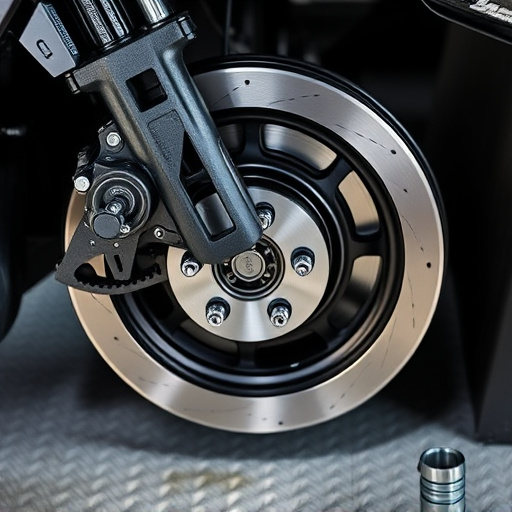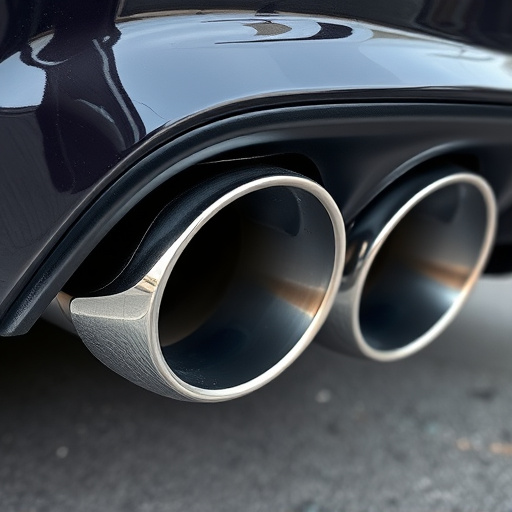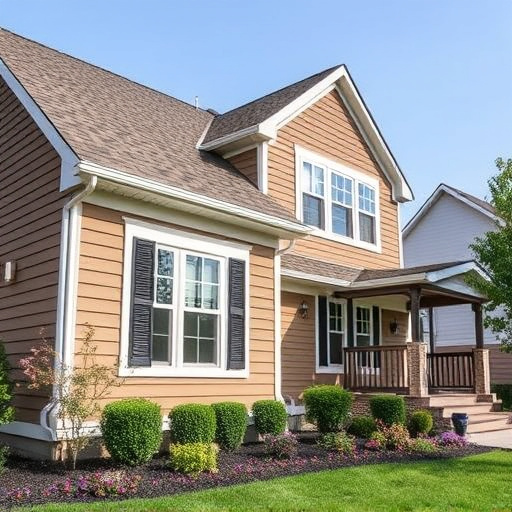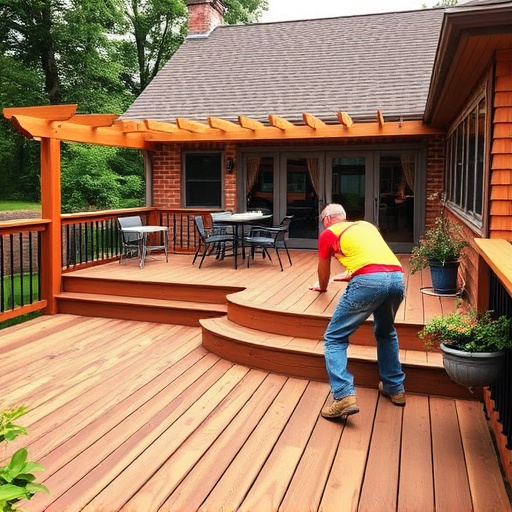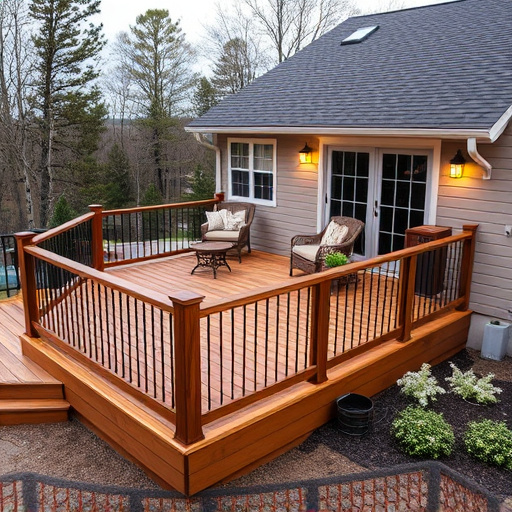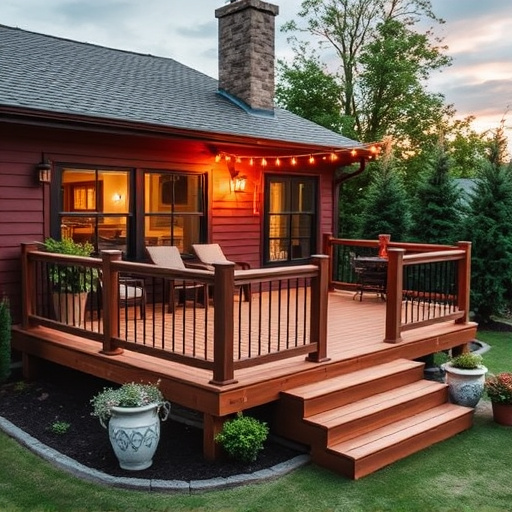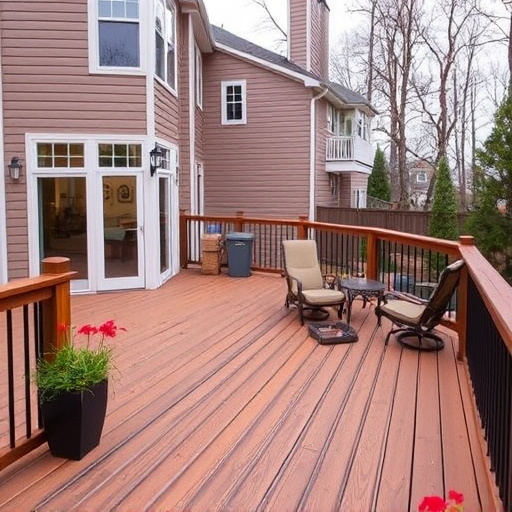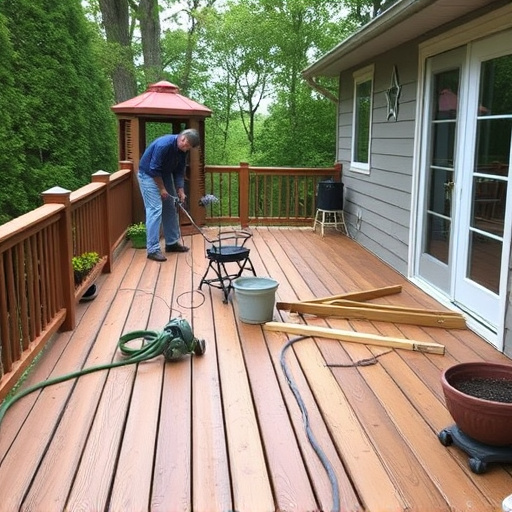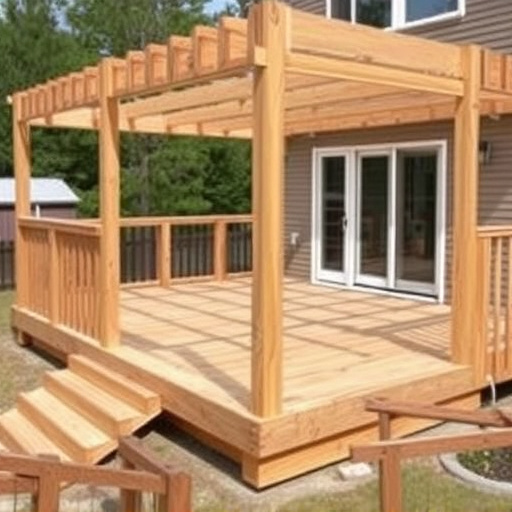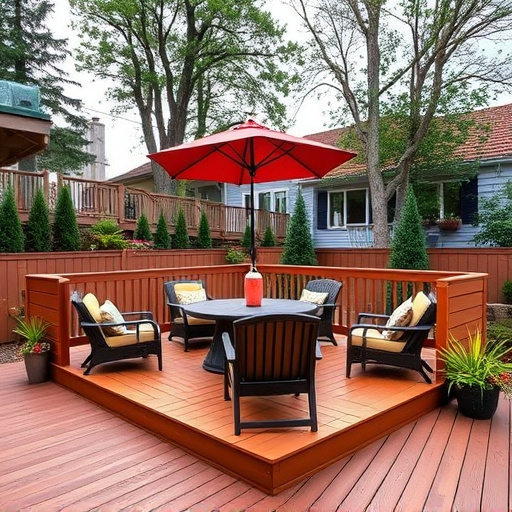Waterproof decking is essential for raised or multi-level decks, preventing water damage, rot, mold, and structural issues, thus increasing durability, property value, and simplifying maintenance. Choosing the right waterproofing solution involves considering deck material, climate conditions, and intended use, with options like membranes, coatings, and underlayments available. Professional siding services provide advanced materials and designs that integrate with architecture, offering both water protection and aesthetic appeal. Proper installation techniques, including regular maintenance, are crucial for the longevity of waterproof decking.
“Elevate your outdoor living space with waterproof decking solutions for raised and multi-level decks. This comprehensive guide explores the benefits and key considerations of integrating waterproof technology into deck construction. From understanding the unique challenges of elevated structures to selecting the optimal waterproofing materials and installation methods, we’ll empower you to make informed decisions. Discover how these solutions enhance durability, aesthetics, and long-term value, ensuring your deck remains a vibrant, low-maintenance oasis for years to come.”
- Understanding Waterproof Decking for Raised and Multi-Level Structures
- Advantages of Implementing Waterproof Solutions in Deck Construction
- Choosing the Right Waterproofing Materials and Installation Techniques
Understanding Waterproof Decking for Raised and Multi-Level Structures
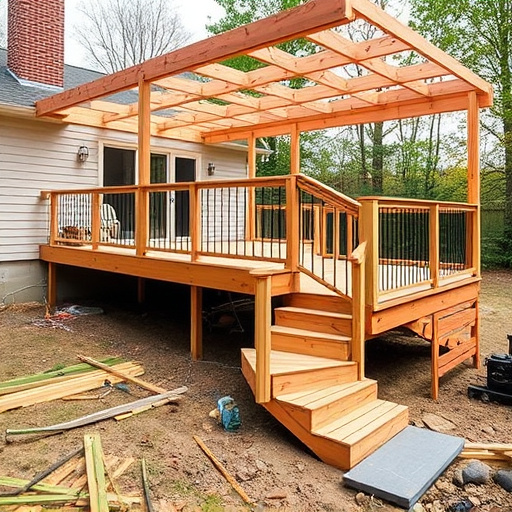
Waterproof decking is an essential consideration for raised and multi-level deck structures. In such setups, the challenge lies in maintaining a dry and comfortable space below while preventing water intrusion from above. Waterproof decking solutions are designed to address this by creating a protective barrier that repels moisture, ensuring the structural integrity of the deck and the surrounding areas.
Choosing the right waterproof decking involves understanding the specific needs of raised and multi-level decks. Factors like deck material, climate conditions, and intended use play crucial roles in determining the most suitable solution. Professional siding services often offer a range of options, including advanced commercial roofing materials and innovative designs that seamlessly integrate with both traditional and modern architecture, providing not just water protection but also aesthetic appeal.
Advantages of Implementing Waterproof Solutions in Deck Construction

Implementing waterproof solutions in deck construction offers numerous advantages that enhance both the durability and functionality of your outdoor living space. Waterproof decking prevents water intrusion, which can cause rot, mold, and structural damage to the deck’s base materials. This is especially crucial for raised or multi-level decks, where water can pool and seep into hard-to-reach areas. By choosing waterproof options, homeowners can extend the lifespan of their decks, reducing the need for costly repairs and replacements.
Moreover, a well-installed waterproof system adds value to your property. It allows you to enjoy your deck year-round, regardless of weather conditions. Waterproof decking also simplifies maintenance. Unlike traditional decks that may require frequent cleaning and sealing, waterproof decks demand less upkeep, saving time and money in the long run. This not only contributes to a more aesthetically pleasing outdoor space but also provides peace of mind, knowing your investment is protected against the elements.
Choosing the Right Waterproofing Materials and Installation Techniques
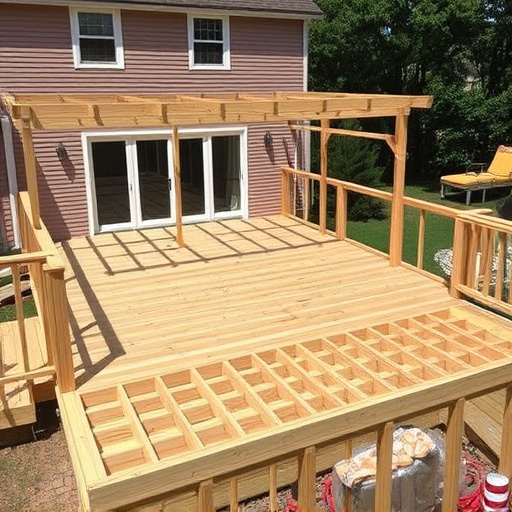
When considering waterproof decking for raised or multi-level decks, selecting the appropriate waterproofing materials is paramount. The right choice depends on factors like climate, deck structure, and desired maintenance level. For instance, in regions with frequent rainfall, a robust system that protects against both water penetration and moisture vapour transmission is essential. Membranes, coatings, and loose-lay or attached underlayments are common options. Each has unique properties; membranes offer excellent durability, while coatings provide a more cost-effective solution. Underlayments act as a barrier and buffer, preventing water damage beneath the deck surface.
Professional installation techniques further ensure the longevity of your waterproof decking. Proper preparation, including cleaning, repairing, and sealing the deck surface, is crucial. Seamless application of the chosen waterproofing material, whether it’s roofing and siding membranes or high-quality residential siding, seals out water effectively. Regular maintenance, such as reapplying coatings and inspecting for damage, also plays a vital role in preserving the integrity of your deck over time.
When constructing or refurbishing raised and multi-level decks, integrating waterproof solutions is a strategic move. By understanding the specific challenges of these structures and selecting the right waterproofing materials and techniques, you can enhance the durability and longevity of your deck while ensuring it remains a low-maintenance oasis for years to come. Waterproof decking not only protects against water damage but also preserves the beauty and value of your outdoor living space.
